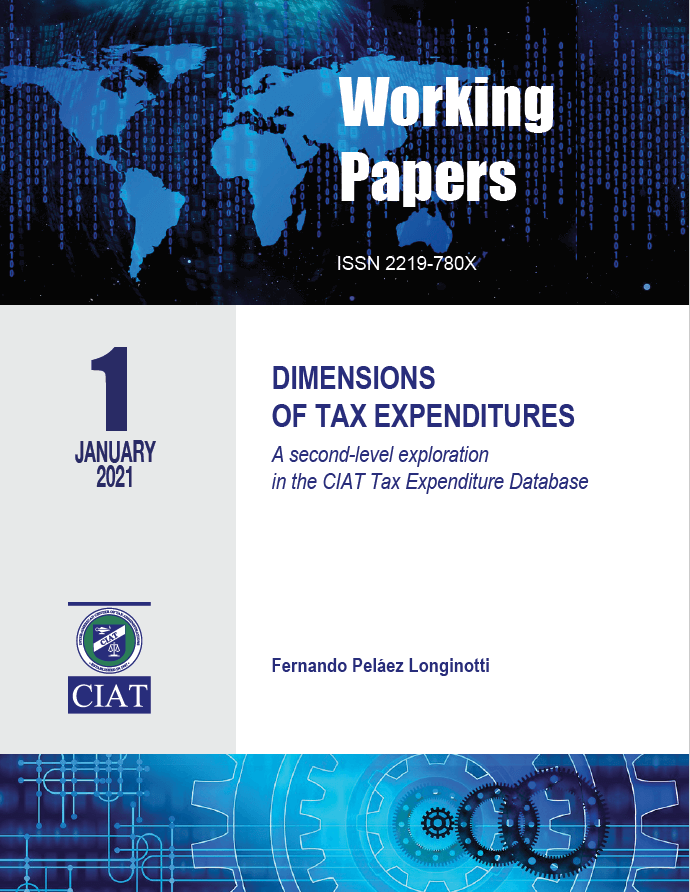Dimensions of tax expenditures

 In this document, we present the results of the tax expenditures of the Latin American countries that are included in the tax expenditures database (TEDLAC), at the second level of disaggregation. We focus on two of the dimensions provided by the data: on the one hand, according to the object of the exceptions, the tax expenditures delivered as Incentives, or as Tax Benefits and, on the other hand, according to the Budgetary Sectors associated with the tax expenditures.
In this document, we present the results of the tax expenditures of the Latin American countries that are included in the tax expenditures database (TEDLAC), at the second level of disaggregation. We focus on two of the dimensions provided by the data: on the one hand, according to the object of the exceptions, the tax expenditures delivered as Incentives, or as Tax Benefits and, on the other hand, according to the Budgetary Sectors associated with the tax expenditures.
We analyze the weight of tax expenditures originated in tax benefits and incentives, we discover which one predominates in each country, that are included in the database, and which ones are the most common instruments to channel incentives and benefits via tax exceptions.
The work raises the discussion on the efficiency of the allocation of benefits to the population through this mechanism, in relation to alternatives focused on the subjects and not on the objects that can enhance the allocation capacity at the same time as reducing income losses. On the other hand, tax incentives were found mainly in corporate income taxes. But incentives are provided not only through this tax. In fuel-specific and selective taxes in general, the majority of the exceptions also have this object.
A second-level exploration also allow us to associate tax expenditures with the budget sectors most linked to the measure under analysis. The information, as provided in the database, enables the distribution of tax expenditure according to the budget sectors most relatable to any measure. We could see how the health and food sector receives more than 30% of the average tax expenditure, and is the main sector associated with tax expenditure in more than half of the countries included in TEDLAC.
To manage the tax renunciation resulting from the existence of exceptions, the first step is to know their magnitude and their main characterization. TEDLAC, through a systematic and multidimensional recording of the exceptions included in the tax systems of the countries, according to a certain set of parameters, and making use of the GT Reports, provides a useful tool for the most complete understanding of the phenomenon.
1,958 total views, 2 views today
